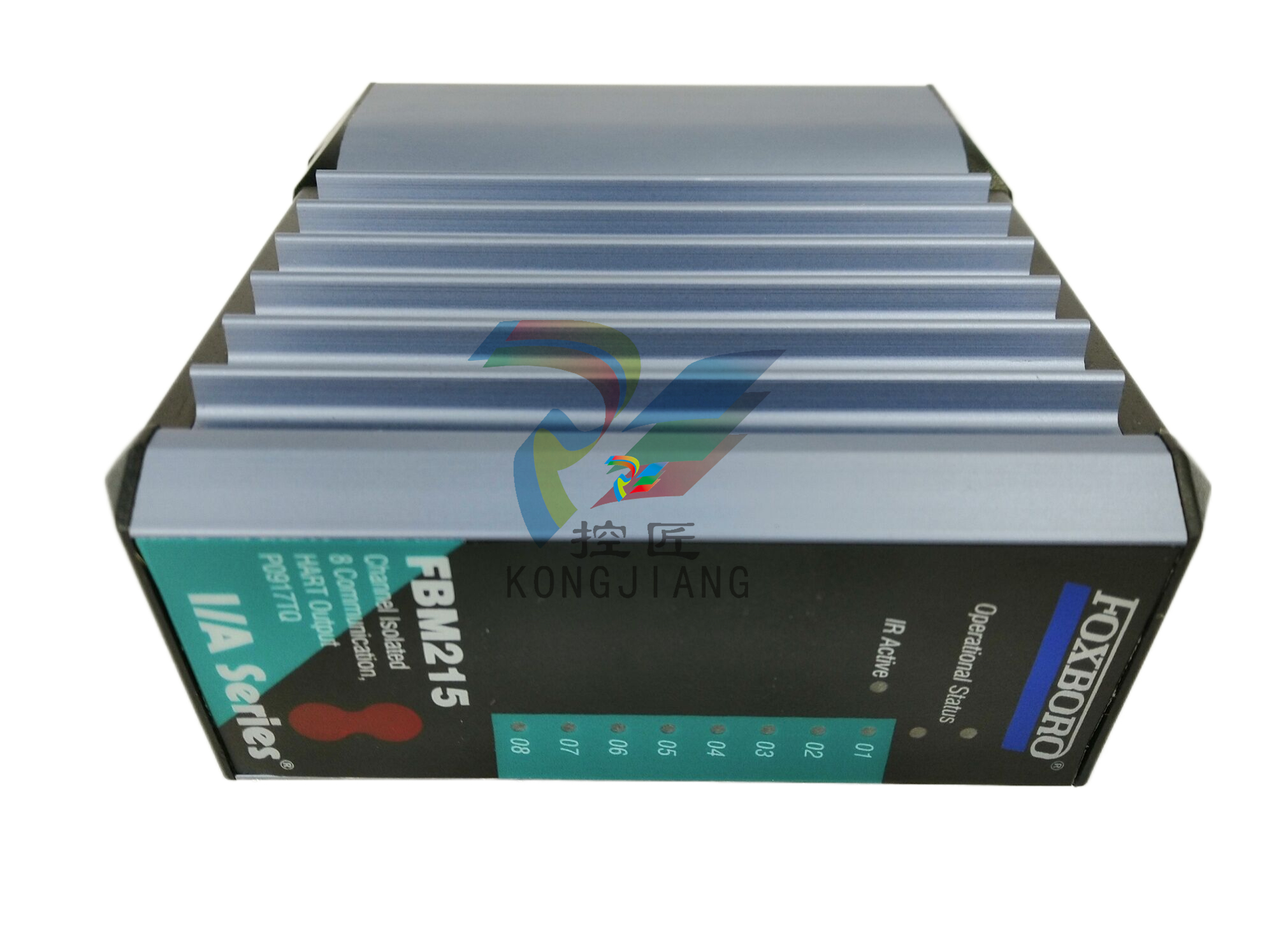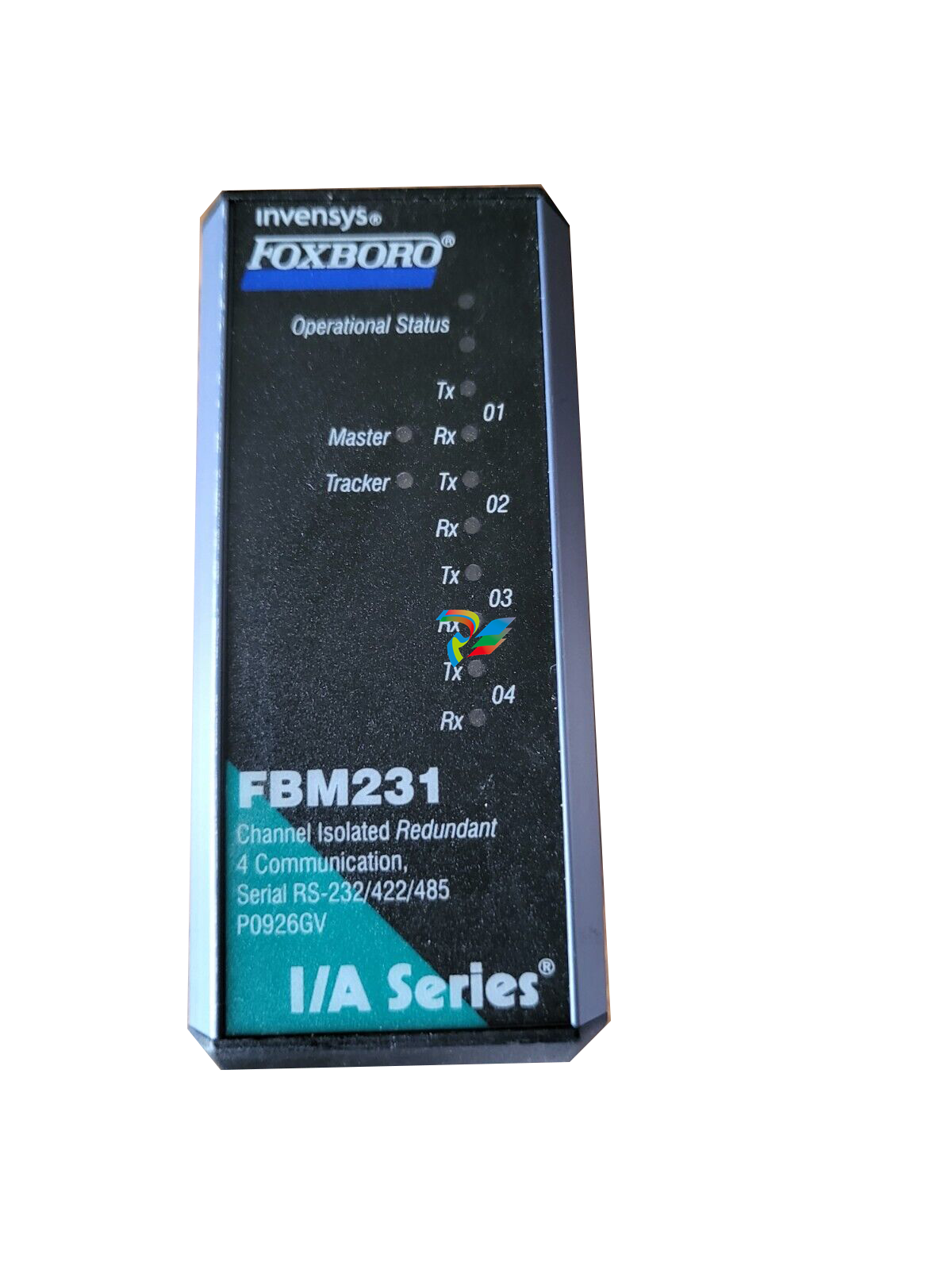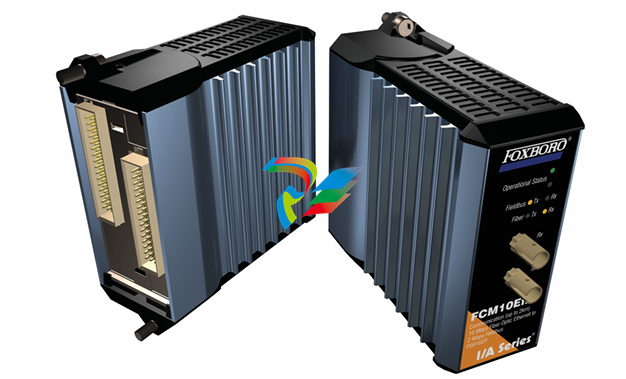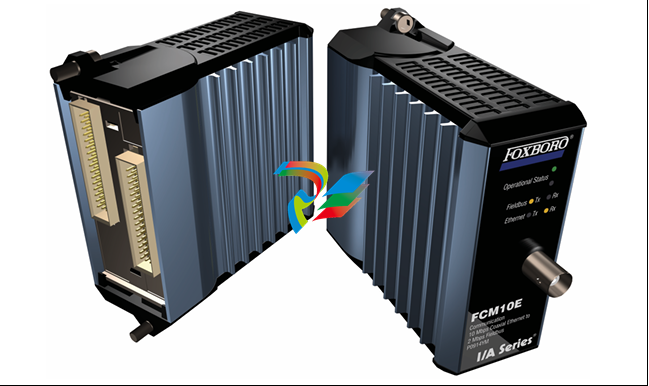
A-BPLC-5 Backup Communication Module
Important User Information
Because of the variety of uses for this product and because of the differences
between solid state products and electromechanical products, those responsible
for applying and using this product must satisfy themselves as to the
acceptability of each application and use of this product. For more information,
refer to publication SGI-1.1 (Safety Guidelines For The Application,
Installation and Maintenance of Solid State Control).
The illustrations, charts, and layout examples shown in this manual are intended
solely to illustrate the text of this manual. Because of the many variables and
requirements associated with any particular installation, Allen-Bradley
Company cannot assume responsibility or liability for actual use based upon the
illustrative uses and applications.
No patent liability is assumed by Allen-Bradley Company with respect to use of
information, circuits, equipment or software described in this text.
Reproduction of the contents of this manual, in whole or in part, without written
permission of the Allen-Bradley Company is prohibited.
Throughout this manual we make notes to alert you to possible injury to people
or damage to equipment under specific circumstances.
ATTENTION: Identifies information about practices or
circumstances that can lead to personal injury or death, property
damage or economic loss.
Attention helps you:
- Identify a hazard
- Avoid the hazard
- recognize the consequences
Important: Identifies information that is critical for successful application and
understanding of the product.
I
Summary of Changes
This release of the publication contains new updated information.
To help you find updated information in this release of the manual, we
have included change bars as shown to the left of this paragraph.
Using This Manual
This manual shows you how to use 1785-BCM series B backup communication
modules with a PLC-5 programmable controller (PLC-5/15 series B, -5/20,
-5/25, -5/30, -5/40, and -5/60 processors). These modules enable high-speed
communication transfer between two PLC-5 processors and provide system
backup should the processor or other equipment in the system fail.
In this manual we describe:
backup system concepts
procedures for installing and operating your modules
various programming techniques
Before you read this manual or attempt to use 1785-BCM modules, you should
be familiar with PLC-5 programmable controllers. In addition, you need to be
familiar with:
6200 Series Software
remote I/O system
Data Highway Plus network
block-transfer instructions
The following table lists each chapter of this manual and describes the contents
of each.
If you want to read about: Refer to chapter:
an overview of backup concepts; description of backup
system that uses 1785-BCM module.
1 – Backup Concepts for the PLC-5 System
a description of 1785-BCM module hardware. 2 – Understanding the 1785-BCM Module Hardware Components
procedures for installing the1785-BCM module; procedures
for connecting the backup system.
3 – Installing Your 1785-BCM Series B Backup System
description of 1785-BEM backup expansion module and
procedures for installing
4 – Installing Your 1785-BEM Module
an overview of how the 1785-BCM module and the backup
system operate; procedures for starting, powering-up,
disconnecting, and restarting a repaired system.
5 – Operating Your PLC-5 Backup System
considerations for timing, divergence, I/O forces, Data
Highway Plus switching, Remote I/O switching, special
sections of the data table, and data integrity.
6 – Switchover Considerations
If you want to read about: Refer to chapter:
two methods you can use to program your backup system;
considerations for using instructions that can cause
problems in your backup system.
7 – Programming Techniques
1785-BCM module faults (as indicated by the module’s
status indicators and bits of the system status word) and
procedures for correcting faults.
8 – Diagnosing Faults
specifications for the 1785-BCM module. 9 – Specifications
sample Programs for method 1 (transferring one block of
data at a time) and method 2 ( transferring multiple blocks
of data at a time); data table transfer times for both
programming methods.
Appendix A – Sample Programs
answers to common PLC-5 backup system questions;
delay times between the primary and the secondary
processor for both programming methods and formulas for
determining delay times.
Appendix B – Reference Information
describes differences between a 1785-BCM series A
backup module and a 1785-BCM series B backup module
Appendix C – Using a Series A 1785-BCM Module
PLC-5 Processor Reference
In this manual, the term PLC-5 processor refers to the following processors:
PLC-5/11
PLC-5/15
PLC-5/20
PLC-5/25
PLC-5/30
PLC-5/40
PLC-5/60
PLC-5/80
Contact your Allen-Bradley Sales Office or your Allen-Bradley distributor for
additional PLC-5 processors that can be configured with the 1785-BCM
modules.
Some terms used in this manual may be unfamiliar to you. We list these terms
with a brief definition of each.
HSSL is the 1785-BCM module’s High-Speed Serial Link. It is a dedicated
communication link between the primary and secondary 1785-BCM modules
and is used to pass I/O, status, and data table information.
Primary System is the PLC-5 processor that controls the I/O and the other
equipment associated with that processor.
Secondary System is the PLC-5 processor that is ready to assume control of
the I/O and the equipment associated with that processor.
Backup System is the primary and secondary systems.
Switchover is the transfer of I/O control from the primary processor to the
secondary processor.
Bumpless switchover is the transfer of I/O control from the primary
processor to the secondary processor where the operation of the process
being controlled is not affected.
Asynchronous processing is processing where the ladder program scan and
the block-transfer scan operate independently of each other within the same
scan time.
BTW is block-transfer write; transfer of up to 64 words from the processor to
the block-transfer module.
BTR is block transfer read; transfer of up to 64 words from the block transfer
module to the processor.
Smart Switch Interface is a remote I/O interface in the 1785-BCM module
that responds to secondary scanner poll commands with actual input values
from the remote I/O link, making the scanner think it is talking with
remote I/O.
For more information about components used with the 1785-BCM module in a
PLC-5 backup system, refer to the following publications:
Publication Title Publication Number
Enhanced and Ethernet PLC-5 Programmable Controllers
User Manual
1785-6.5.12
Classic 1785 PLC-5 Family Programmable Controllers Hardware
Installation Manual
1785-6.6.1
PLC-5 Programming Software Documentation Set 6200-N8.001
PLC-5 Programming Software: Installing and
Configuring the Software
6200-6.4.6
PLC-5 Programming Software: Programming 6200-6.4.7
PLC-5 Programming Software: Instruction Set Reference
PLC-5 Programming Software: I/O Configuration Software
6200-6.4.11
6200-6.4.12
Remote I/O Adapter Module (cat. no. 1771-ASB) Installation Data 1771-2.162
This chapter describes concepts for using a backup system with your
programmable controller. In addition, this chapter provides an overview of
a PLC-5 processor backup system that uses 1785-BCM backup
communication modules and a system that also uses 1785-BEM backup
expansion modules.
The objective of any redundant system (backup system) is to improve the
amount of up-time of a machine or process by ensuring consistent
availability of that machine, and by reducing costs associated with
equipment failure. By using this backup system, you can guard your
application against shutdowns caused by the programmable controller.
ATTENTION: Backup does not protect you from faults caused
by programming errors or system timeouts because such an
error or timeout will also occur in the secondary processor.
The backup option is used where you must transfer the control of the
process to a secondary system, without thereby interrupting the
machine/process operation.
To guard against system shutdown, a backup system must provide:
equipment with exceptional reliability
automatic fault isolation
minimal disturbance of the process when switching from the primary to
the secondary system
C
A PLC-5 system configured with 1785-BCM modules provides high speed
backup communication and switchover of the Data Highway Plus and
remote I/O links. In this section we:
show a typical PLC-5 backup configuration
explain how the backup system works
describe the role of the 1785-BCM module (including 1785-BEM
module)
A Typical PLC-5 Backup Configuration
You must use BCM series B, revision C or later if you are using PLC-5/20,
-5/30, -5/40, or -5/60 processors.
A PLC-5 backup system contains two of each of the following hardware
components:
PLC-5 processor module
Processor:* Catalog Number:
PLC-5/11 series A, revision B or later 1785-L11B
PLC-5/15 series B, any revision 1785-LT series B
PLC-5/20 series A, revision B or later 1785-L20B
PLC-5/25 any revision 1785-LT2
PLC-5/30 series A, revision C or later 1785-L30B
PLC-5/40 series A, revision F or later
or series B, revision C or later
1785-L40B
PLC-5/60 series A, revision F or later
or series B, revision C or later
1785-L60B
PLC-5/80 series C, revision A or later 1785-L80B
*
Contact your Allen-Bradley Sales Office or your Allen-Bradley distributor
for additional PLC-5 processors that can be configured with the
1785-BCM modules.
1785-BCM module
1785-BEM module (when applicable)
power supply
local chassis
Figure 1.1 shows a typical PLC-5 backup configuration using PLC-5/15
processors and 1785-BCM modules. Figure 1.2 shows a typical PLC-5
backup configuration using PLC-5/40 or PLC-5/60 processors, 1785-BCM
modules, and 1785-BEM modules.
A
A PLC-5 system configured with 1785-BCM modules provides high speed
backup communication and switchover of the Data Highway Plus and
remote I/O links. In this section we:
show a typical PLC-5 backup configuration
explain how the backup system works
describe the role of the 1785-BCM module (including 1785-BEM
module)
A Typical PLC-5 Backup Configuration
You must use BCM series B, revision C or later if you are using PLC-5/20,
-5/30, -5/40, or -5/60 processors.
A PLC-5 backup system contains two of each of the following hardware
components:
PLC-5 processor module
Processor:* Catalog Number:
PLC-5/11 series A, revision B or later 1785-L11B
PLC-5/15 series B, any revision 1785-LT series B
PLC-5/20 series A, revision B or later 1785-L20B
PLC-5/25 any revision 1785-LT2
PLC-5/30 series A, revision C or later 1785-L30B
PLC-5/40 series A, revision F or later
or series B, revision C or later
1785-L40B
PLC-5/60 series A, revision F or later
or series B, revision C or later
1785-L60B
PLC-5/80 series C, revision A or later 1785-L80B
*
Contact your Allen-Bradley Sales Office or your Allen-Bradley distributor
for additional PLC-5 processors that can be configured with the
1785-BCM modules.
1785-BCM module
1785-BEM module (when applicable)
power supply
local chassis
Figure 1.1 shows a typical PLC-5 backup configuration using PLC-5/15
processors and 1785-BCM modules. Figure 1.2 shows a typical PLC-5
backup configuration using PLC-5/40 or PLC-5/60 processors, 1785-BCM
modules, and 1785-BEM modules.
A PLC-5 system configured with 1785-BCM modules provides high speed
backup communication and switchover of the Data Highway Plus and
remote I/O links. In this section we:
show a typical PLC-5 backup configuration
explain how the backup system works
describe the role of the 1785-BCM module (including 1785-BEM
module)
A Typical PLC-5 Backup Configuration
You must use BCM series B, revision C or later if you are using PLC-5/20,
-5/30, -5/40, or -5/60 processors.
A PLC-5 backup system contains two of each of the following hardware
components:
PLC-5 processor module
Processor:* Catalog Number:
PLC-5/11 series A, revision B or later 1785-L11B
PLC-5/15 series B, any revision 1785-LT series B
PLC-5/20 series A, revision B or later 1785-L20B
PLC-5/25 any revision 1785-LT2
PLC-5/30 series A, revision C or later 1785-L30B
PLC-5/40 series A, revision F or later
or series B, revision C or later
1785-L40B
PLC-5/60 series A, revision F or later
or series B, revision C or later
1785-L60B
PLC-5/80 series C, revision A or later 1785-L80B
*
Contact your Allen-Bradley Sales Office or your Allen-Bradley distributor
for additional PLC-5 processors that can be configured with the
1785-BCM modules.
1785-BCM module
1785-BEM module (when applicable)
power supply
local chassis
Figure 1.1 shows a typical PLC-5 backup configuration using PLC-5/15
processors and 1785-BCM modules. Figure 1.2 shows a typical PLC-5
backup configuration using PLC-5/40 or PLC-5/60 processors, 1785-BCM
modules, and 1785-BEM modules.
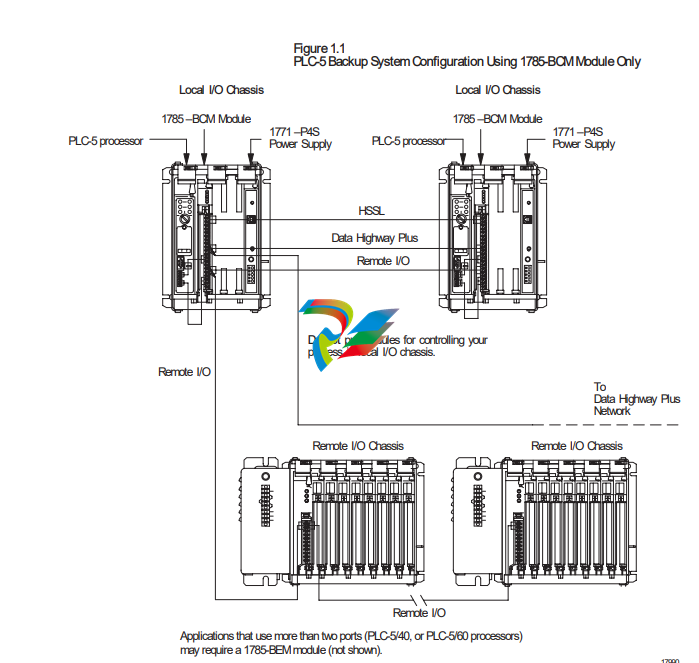
Figure 1.2
PLC-5 Backup System Configuration Using 1785-BCM
and 1785-BEM Modules
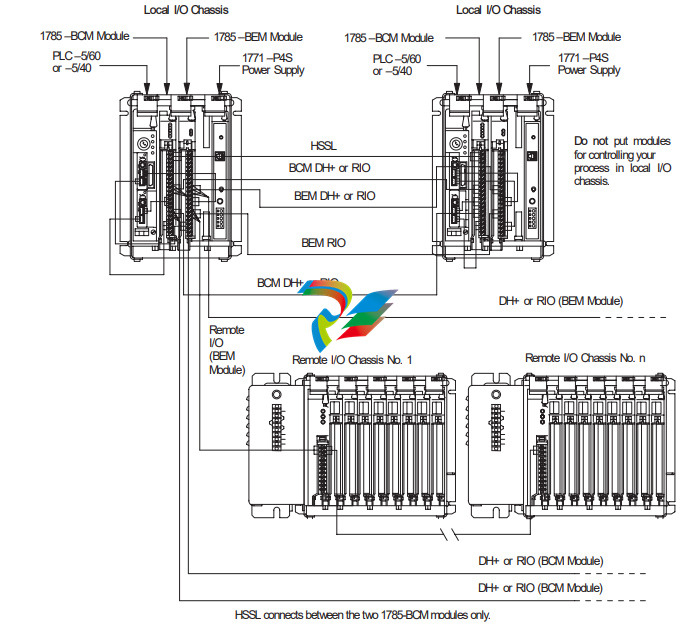
How the PLC-5 Backup System Works
In the PLC-5 backup configuration, one system (consisting of one PLC-5
processor, 1785-BCM module, power supply, and chassis) controls the
operation of the remote I/O. This system is referred to as the primary
system. The other system is ready to take control of the remote I/O in the
event of a fault in the primary system. This is referred to as the
secondary system. The PLC-5 backup system does not back up local I/O;
therefore, do not install I/O in the local chassis.
Data Transfer
During normal operation, the primary system sends remote input and data
table data to the secondary system so that in the event of a switchover, the
secondary system (which becomes the new primary system) has the same
data.
Remote I/O data is automatically transferred over the High-Speed Serial
Link (see Figure 1.1). This transfer is independent of the application
program.
Data table values are transferred from the primary to the secondary system
with block transfer instructions that you include in your ladder program.
You do not have to transfer data table values if not necessary for your
application. Figure 1.3 shows how data table data is transferred from the
primary to the secondary system.
Figure 1.3
Transfer of Data Table Data From the Primary to Secondary System
Switchover
Should a fault occur in the primary processor, control switches to the
secondary system in less than 50 ms (maximum). When a switchover
occurs, the outputs in the remote I/O maintain their last state until they
come under the control of the secondary processor.
However, keep in mind that the program scans of the two processors are
not synchronized. This means that the secondary processor may be
scanning all, none, or only part of the program (at your discretion). This
manual explains the switchover process, and provides guidelines for
developing programs for your PLC-5 backup system. (For more
information about switchover, refer to Chapter 6, “Switchover
Considerations.”)
Role of the 1785-BCM Series B Module
As an integral part of the backup system, the 1785-BCM modules enable
high speed communication between the two PLC-5 processors, and permit
the secondary processor to assume control of the process. In addition, the
1785-BCM module provides:
high speed transfer of the data table values from the primary to the
secondary system, to ensure that the secondary system’s data table is a
copy of the primary system’s
a buffer of 4K words for data table values
exchange of information on the status of the primary and secondary
systems
automatic transfer to the secondary system of the remote input and
block transfer read values (analog values, etc.)
transfer of control from the primary processor to the secondary
processor when one of the following conditions occur:
- power failure
- processor fault
- 1785-BCM module fault
- change in the primary processor’s mode from:
RUN to PROGRAM (manual switchover)
REM RUN to REM PROG
REM RUN to REM TEST













































.jpg)
.jpg)
.jpg)





.jpg)



.png)
.jpg)

.jpg)
_lVjBYb.jpg)

.jpg)
.jpg)



.jpg)
.jpg)





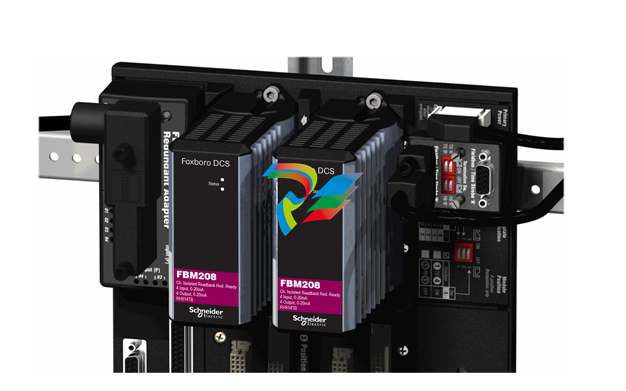
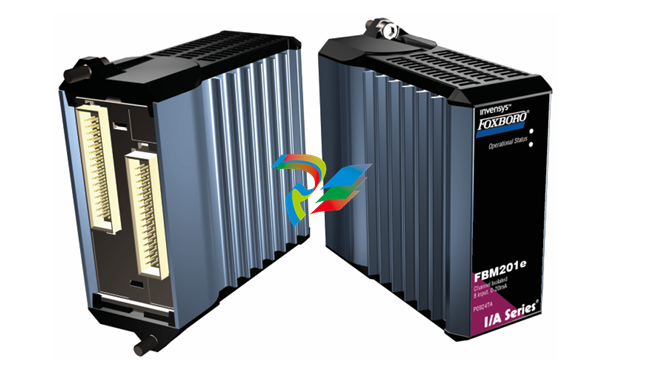
.jpg)
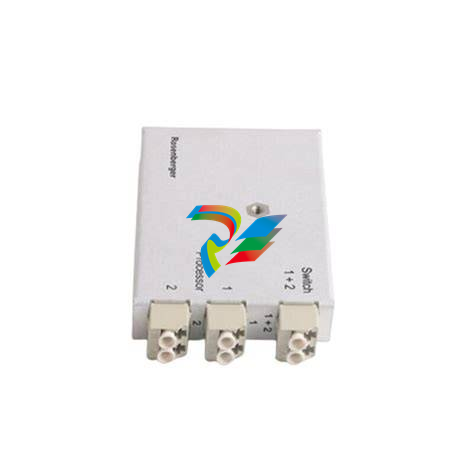
.jpg)
.jpg)
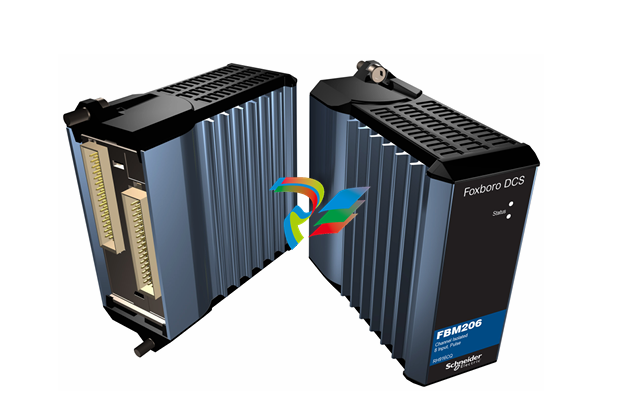
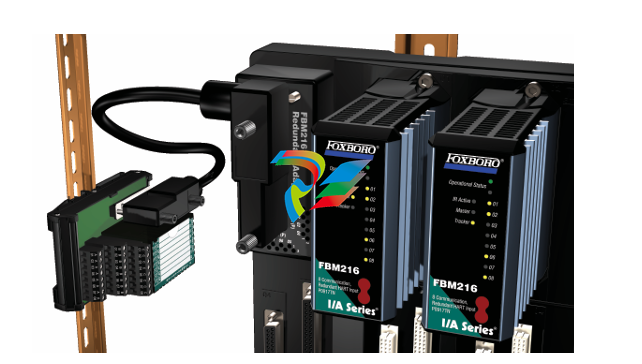
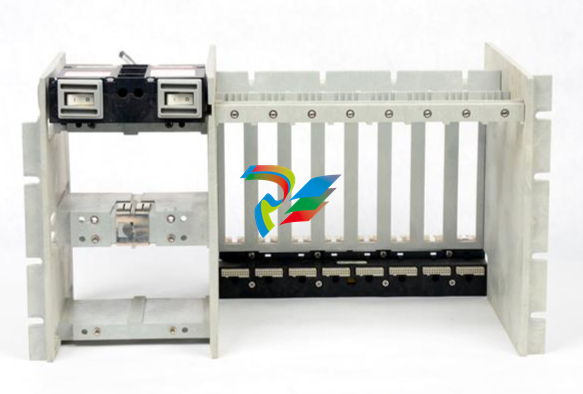
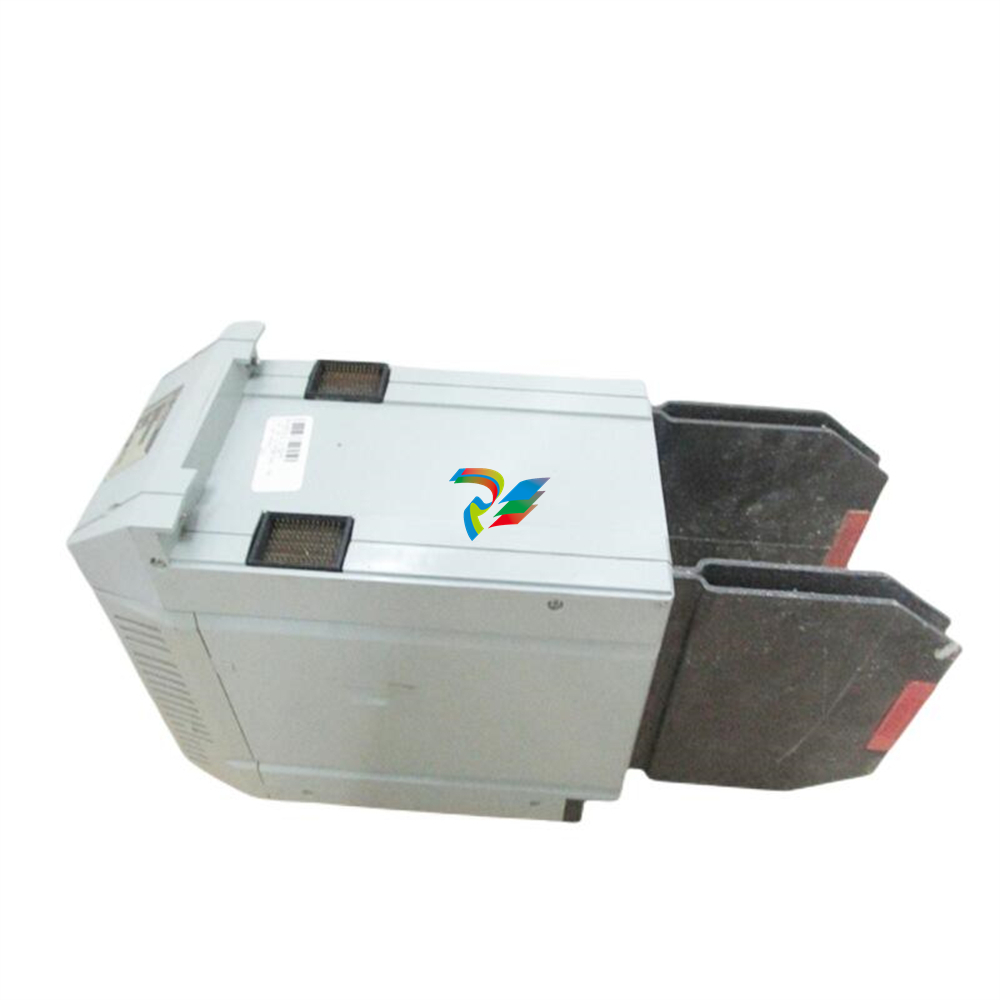
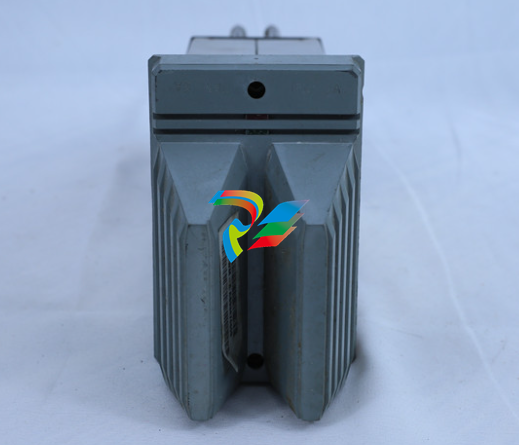
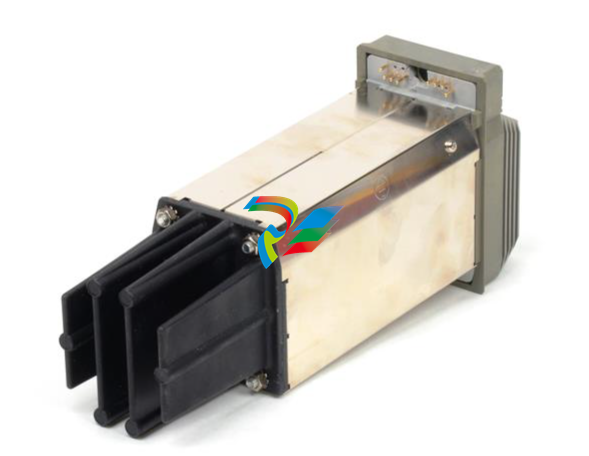
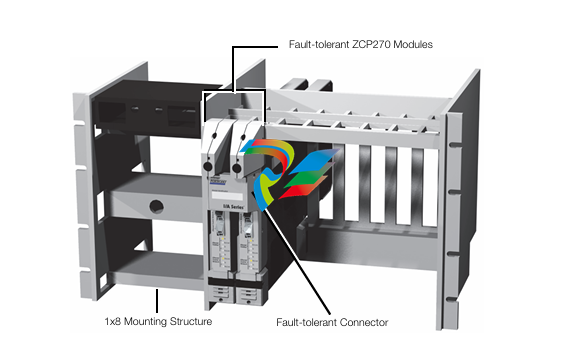
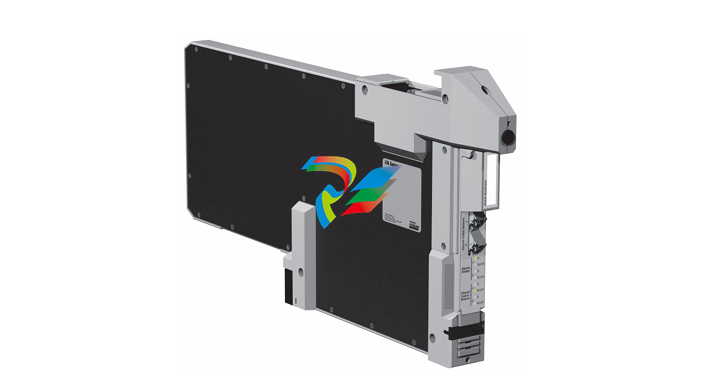
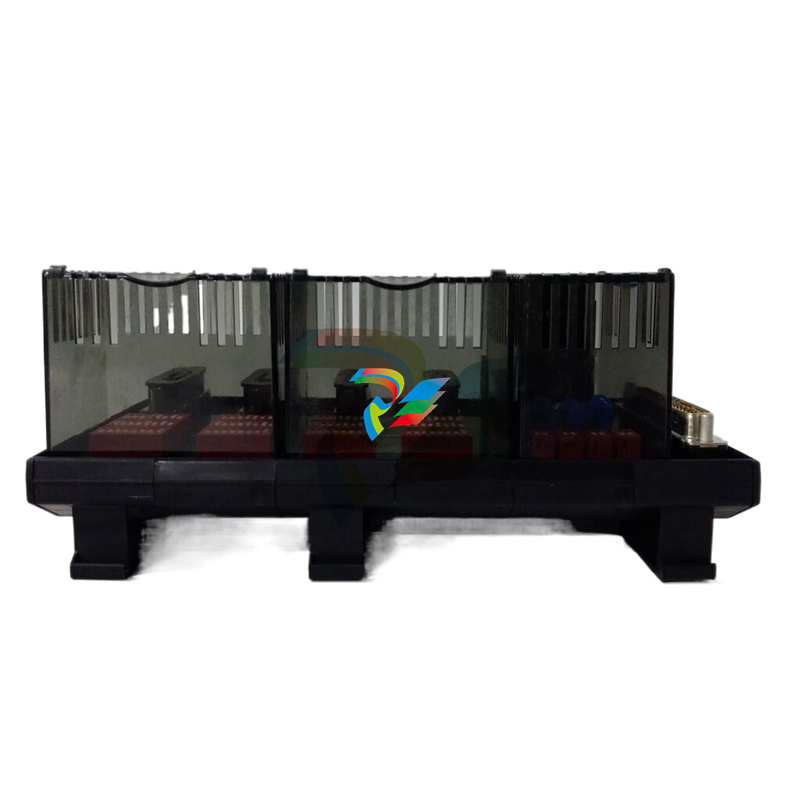
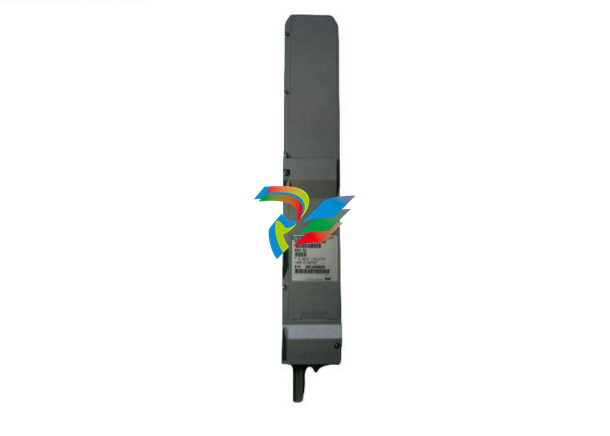
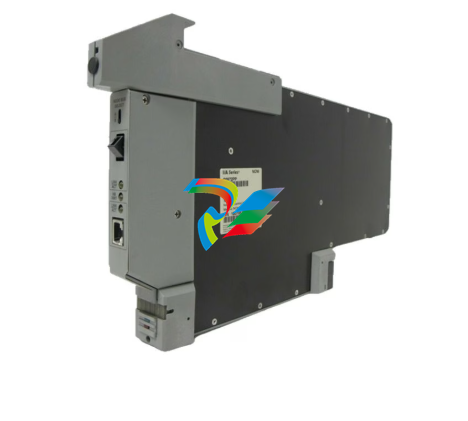
.jpg)
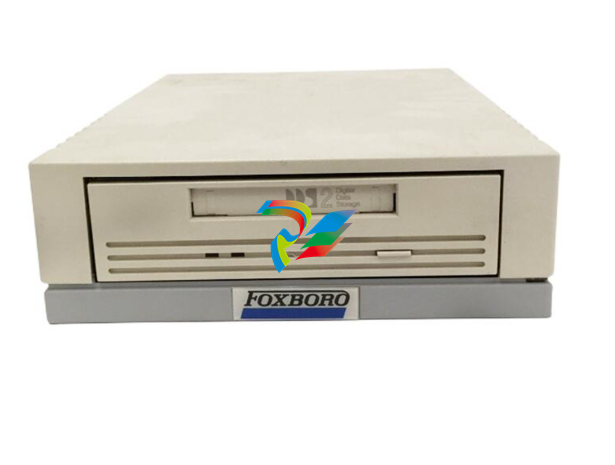
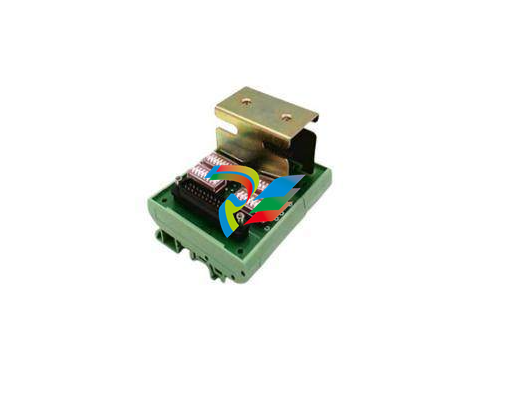
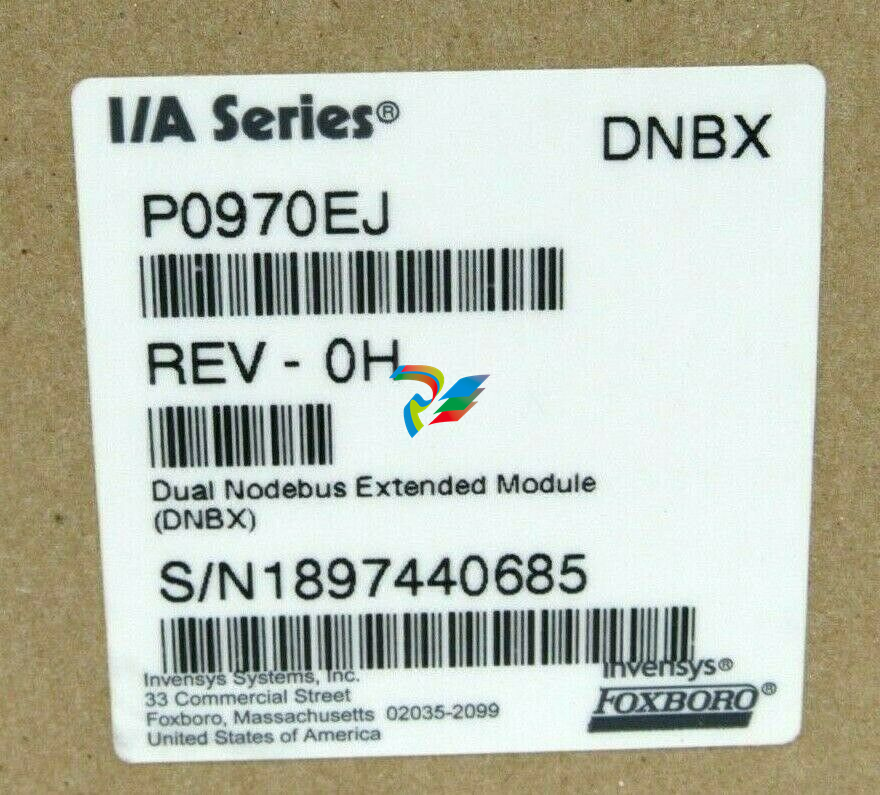
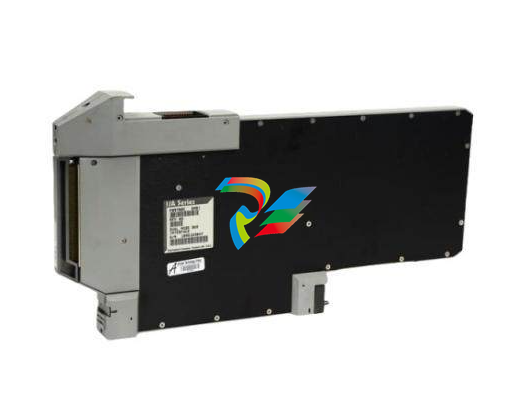
.jpg)
.jpg)
.jpg)
.jpg)
.jpg)
.jpg)
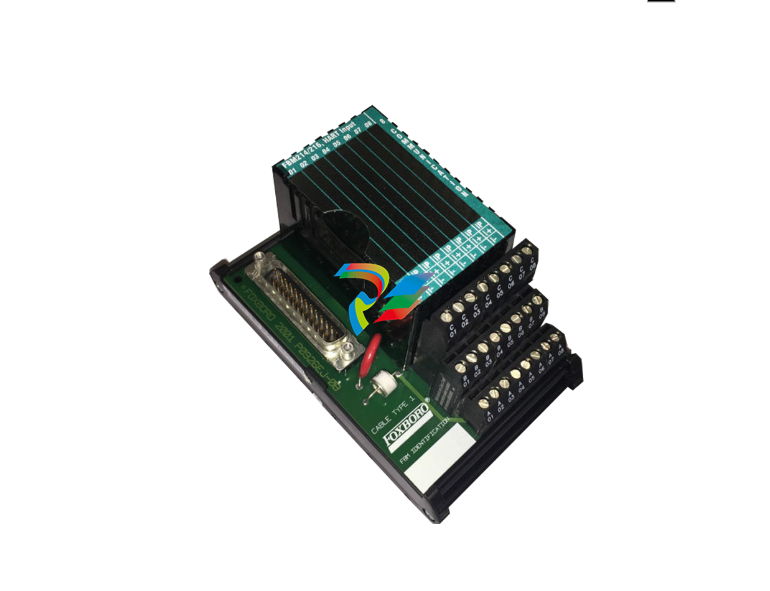
.jpg)
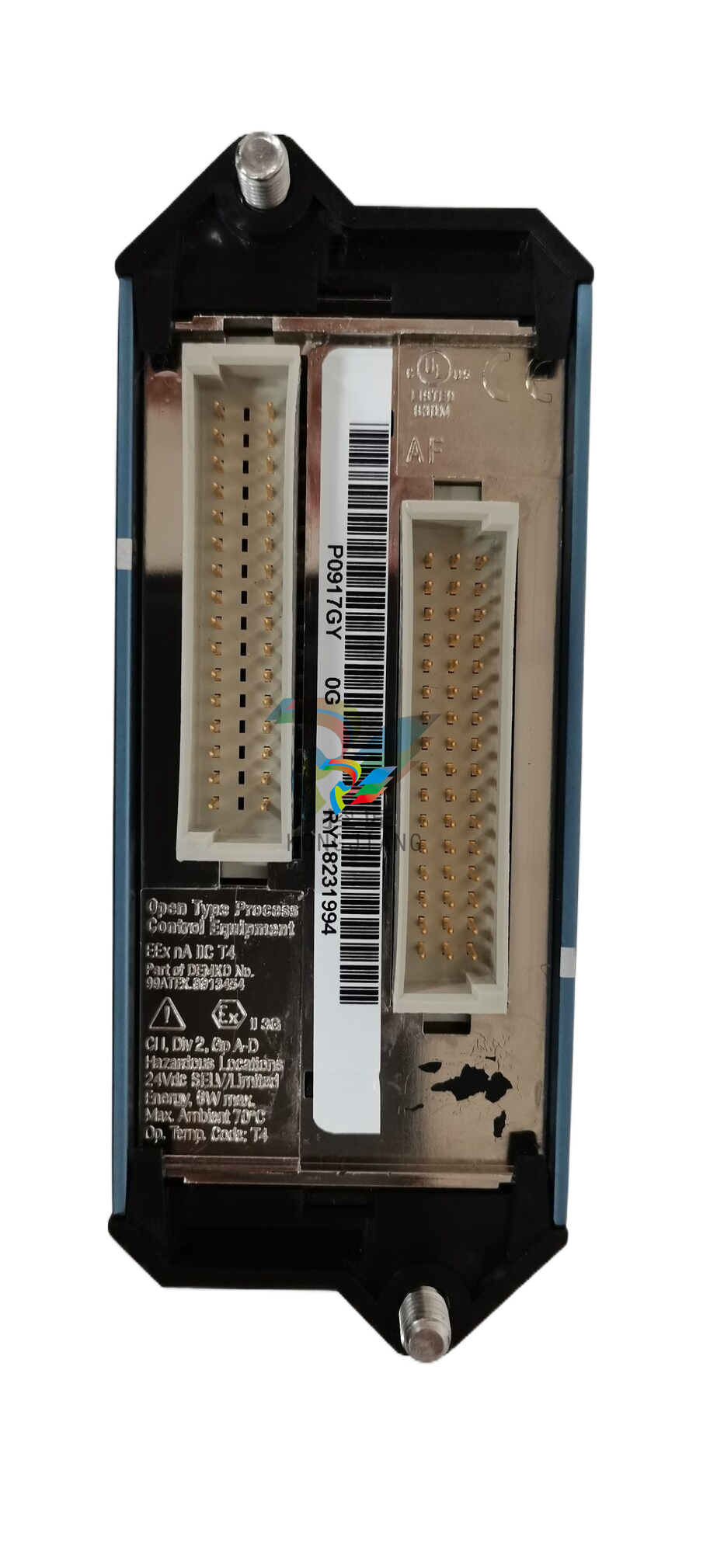
.jpg)
.jpg)
.jpg)
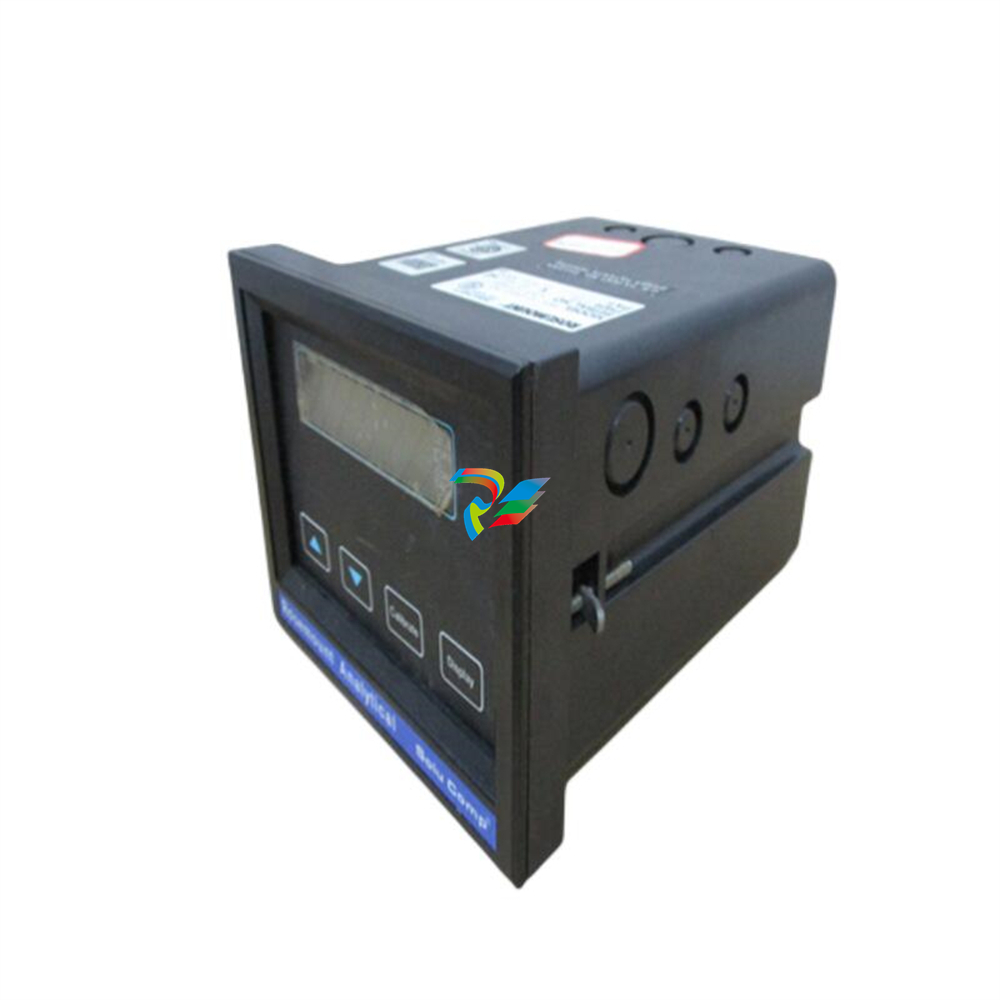
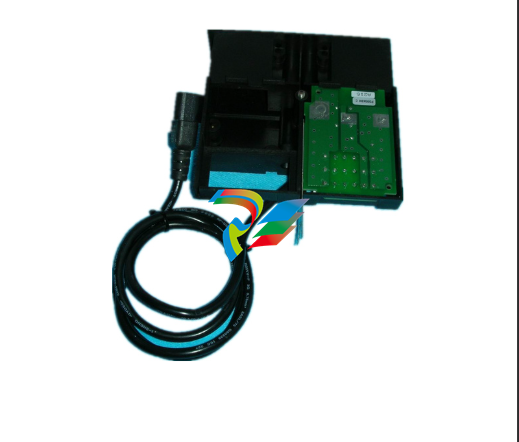
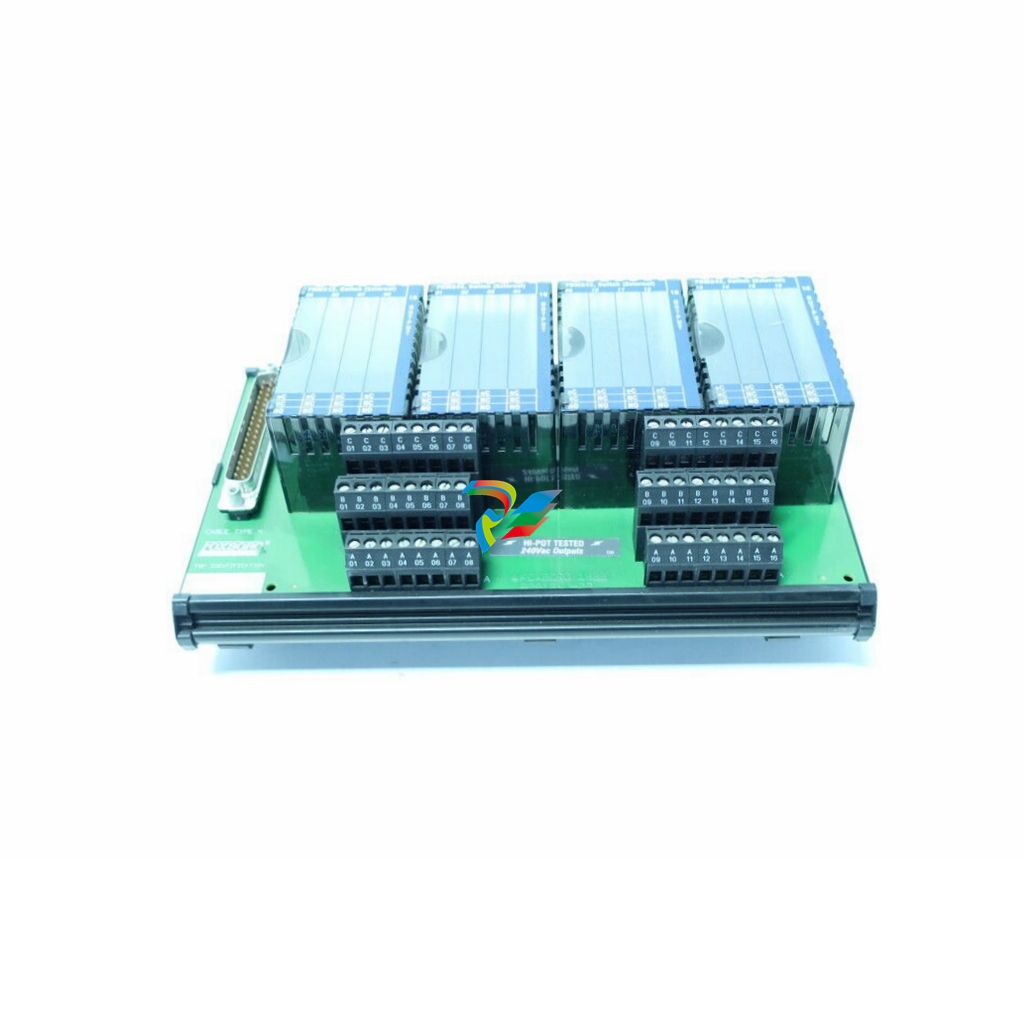
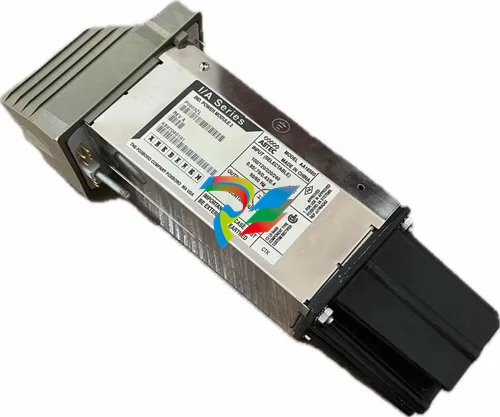

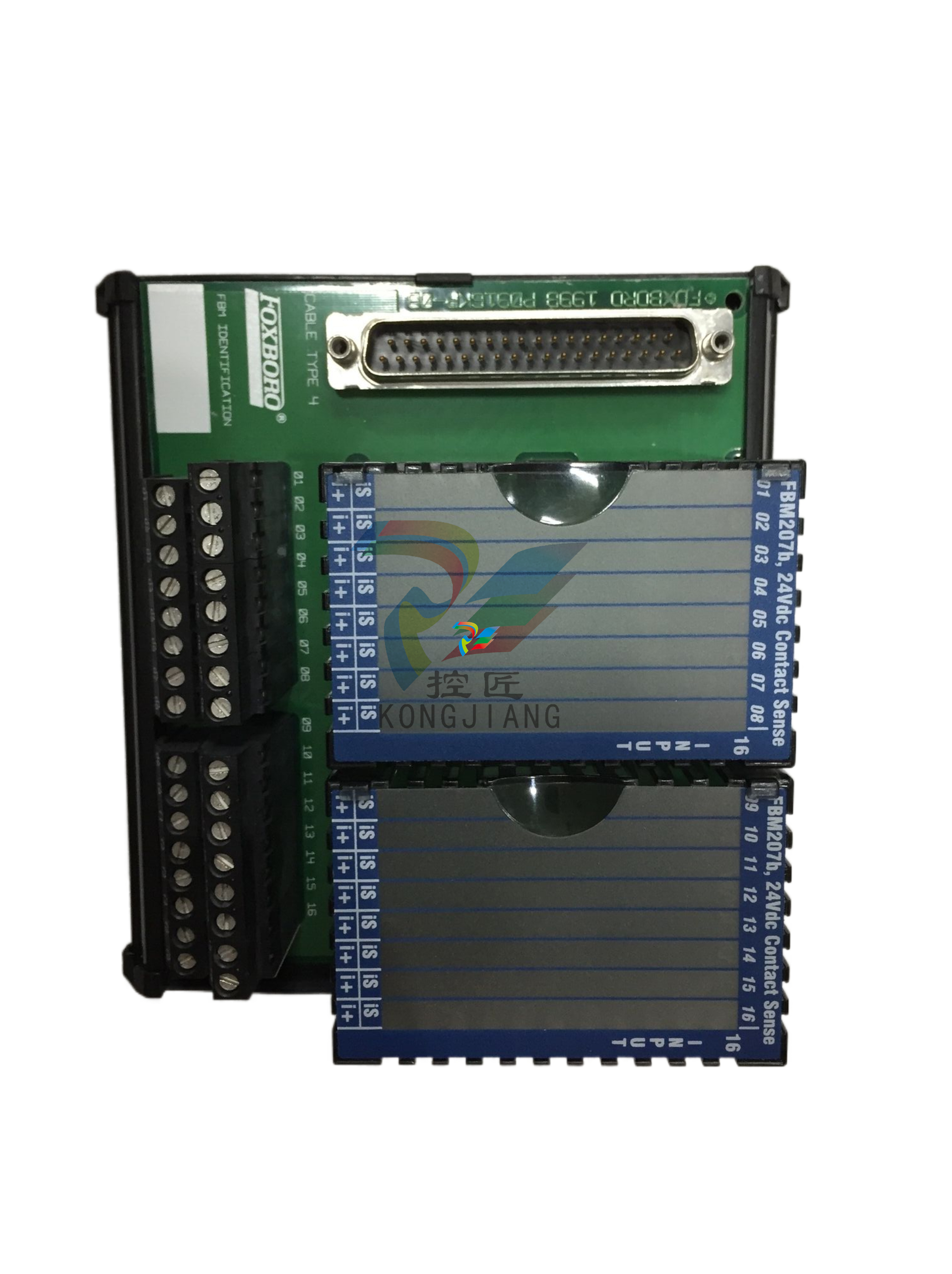
.jpg)
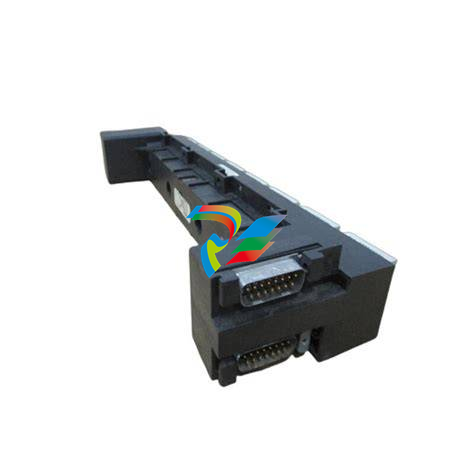
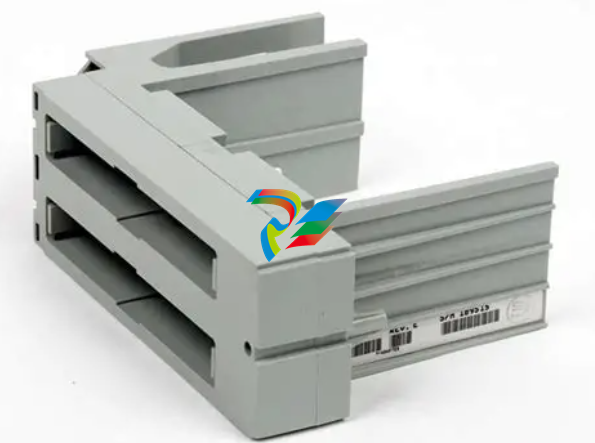
.jpg)
